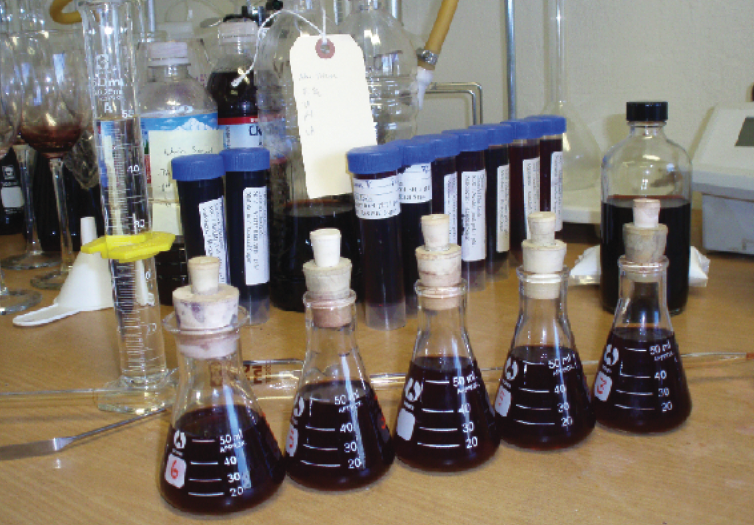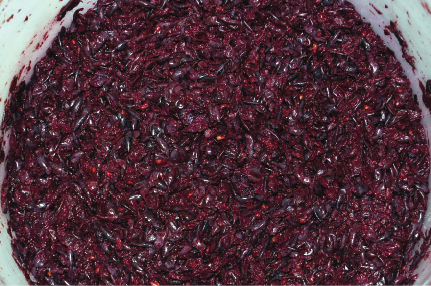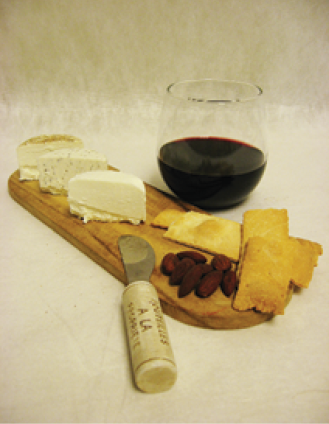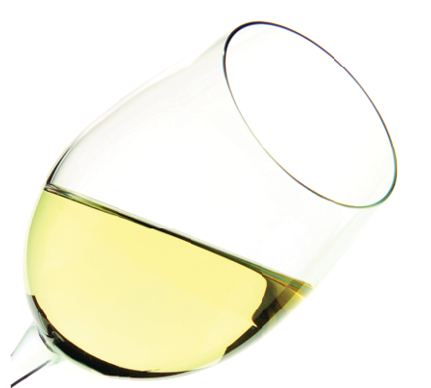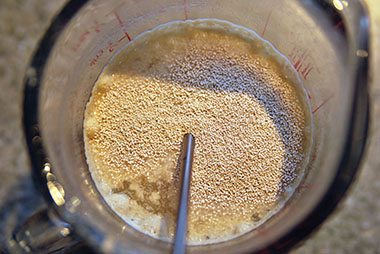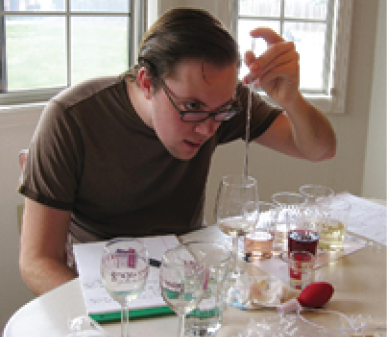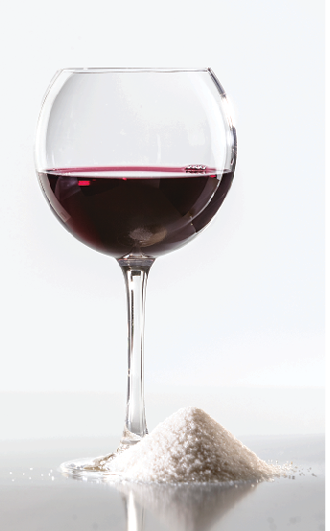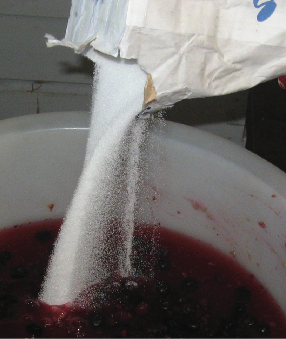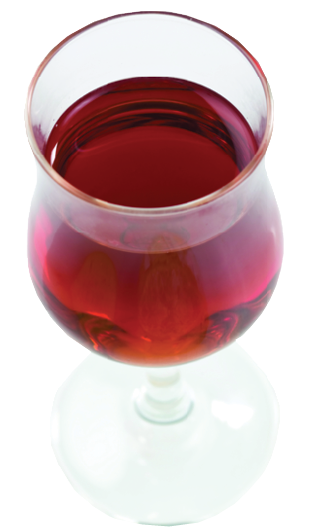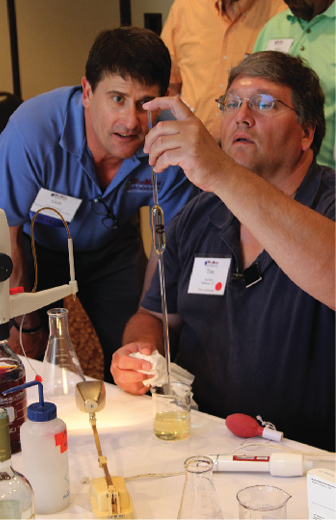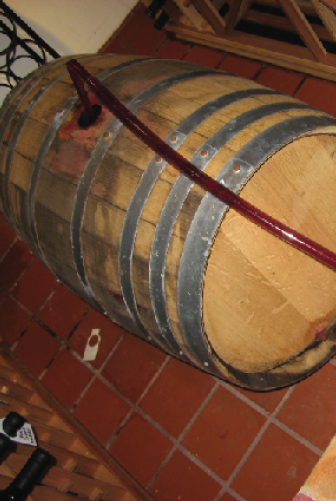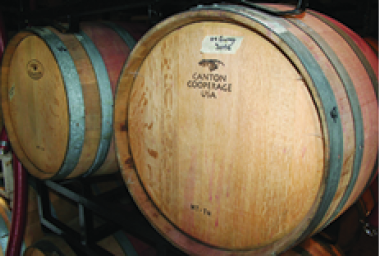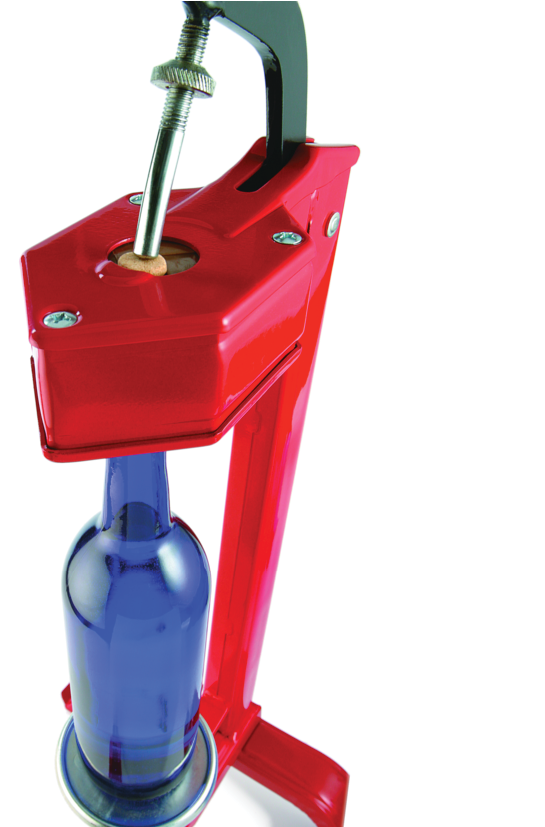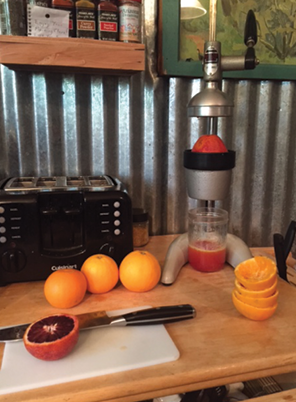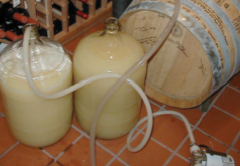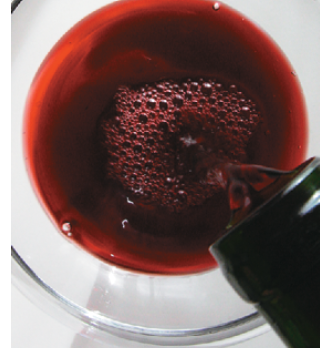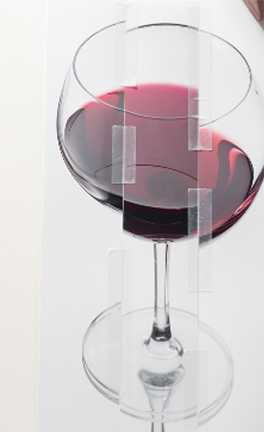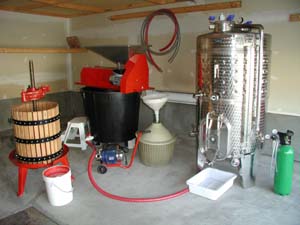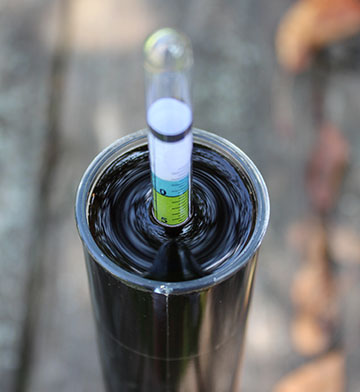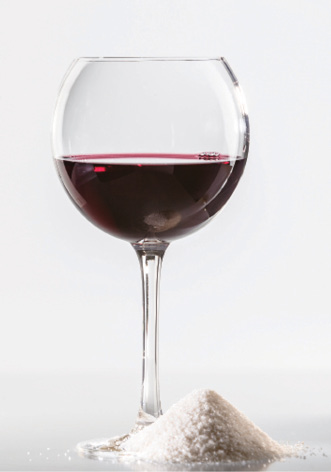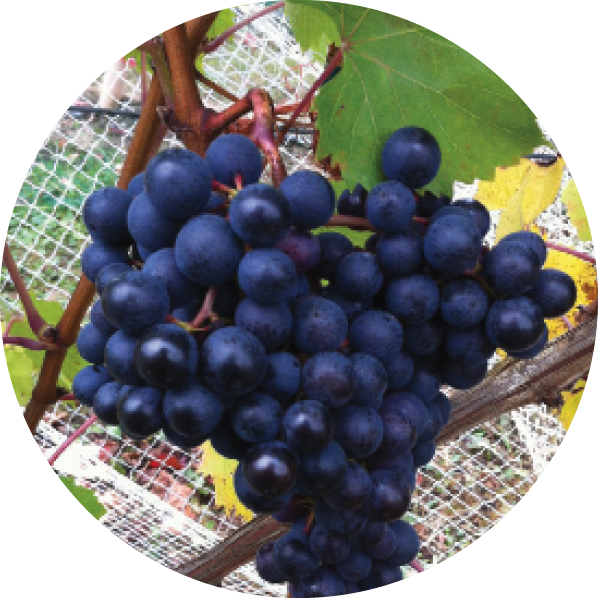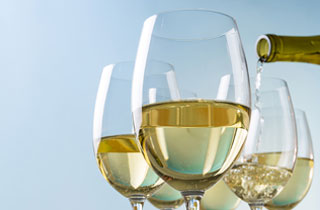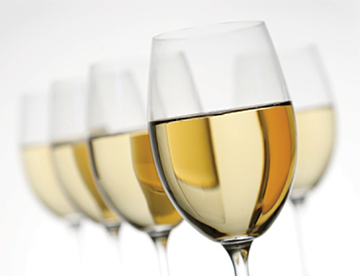Writer: Bob Peak
Performing Bench Trials
It is always recommended to do a bench trial prior to making any big adjustment or blend. Learn how to dial in an exact adjustment/addition rate and then scale it up to the full batch.
Maceration Tips and Techniques
“Maceration,” says the Concise Oxford Dictionary, is to “soften by soaking.” In red winemaking it is so much more! Indeed, maceration may be viewed as the very essence of what distinguishes the
The Science of Food and Wine Pairing
“Carignane and goat cheese,” said Tony Ross, wine educator at Passalacqua Winery near Healdsburg, California. During a judging session for a local home wine competition, Tony and I were on the same
Fining Your Way to Clear Wine
Fining of wine is the addition of one substance to remove another. It is a diverse subject with several classes of materials involved in its use and lots of different intended outcomes.
Pairing Yeast with Grape
Start with the grapes. Whether you make wine at home from fresh grapes, juice, or frozen must, there are many influences over the quality and character of your wine. Grape variety itself
Blending Fruit and Grape Wines
“Blending is a natural procedure, honest, necessary, and in accordance with historical events.” With that quote, eminent wine authority Emile Peynaud gives us permission to play with our wines. While he was
Back Sweetening Wine Techniques
In ancient Greece and Rome, honey was sometimes stirred into wine just before serving. Maybe they just liked the taste of honey. More likely, though, the sweetness of the honey corrected some
Chaptalization and Fermentation
Jean-Antoine Chaptal lacked one major benefit we enjoy today: The work in microbiology by Louis Pasteur. (Chaptal lived from 1756 to 1832 and Pasteur lived from 1822 to 1895.) Chaptal was, nonetheless,
Making Fortified Wine
The word “fortified” is prohibited on commercial wine labels in the United States. Yet we are surrounded by a fascinating array of fortified wines when we visit a good wine shop. Fortified
The Relationship of pH and Acid in Winemaking
Home winemakers know pH and acid are related when they make wine. Beyond that, the details sometimes get a little fuzzy. Shedding some light on how these important parameters are — and
Using Outside Labs to Run Analysis Tests on your Wine
There is lots of information out there about how to run various juice and wine analytical procedures at home if you want to do that. If you do not want to run
Maintaining a Home Wine Cellar
Here are some tips and suggestions on cellaring your homemade wine and maintaining the cellar itself. The cellar “The cellar” has a wide range of interpretations for home winemakers. If you have
Bulk Wine Aging
There is more to cellaring bulk wine than meets the eye. Throughout the aging process, the winemaker is on a tightrope walk between intervening to prevent and correct problems while remaining relaxed enough to let good wine evolve naturally.
Bottling Your Wine
As renowned French wine scientist Emile Peynaud wrote, “Bottling is a very stressful operation for a wine and the enological problems it causes are numerous: Considerable oxygen uptake, keeping out microorganisms and
Storing Wine Ingredients
Make wine at home for a few years and you will probably accumulate a lot of stuff. Pieces of equipment join the collection as the needs and resources come up. Consumable supplies
Balancing Fruit and Sugar in Country Wines
Bob Peak digs into how much sugar is needed to get the desired alcohol level, and how much fruit is needed to offer a pleasing profile and aroma, flavor, and appearance when making country wines.
Choosing and Using a Wine Pump
Many a home winery gets by just fine with no pump at all. If your hobby grows, though, you may find that many routine tasks are made simpler with the help of
Oxygen Reduction in Winemaking
Oxidation gets a lot of attention in winemaking — and it should! WineMaker magazine has covered oxidation issues from several different angles over the past few years. While some presence of oxygen
Super Blends
One group of internationally famous wines — the Super Tuscans — has come to represent revolutionary change in the wine world in the last few decades. After long-held traditional principles and practices
Small Space Winemaking Techniques
In large wineries, functional spaces are usually separated. There may be a crush pad, one or more fermentation rooms, and a cellar or cave for barrel aging. Most of us at home
Restart Stuck Fermentations
All home winemakers wish — and strive — for fermentations that go smoothly and completely to the desired finish, usually dry wine. When things go wrong, a frequent problem is a stuck
Post-Fermentation Wine Adjustments
Our job isn’t finished when fermentation is over. With many wines, especially reds, you may want to go ahead and do a malolactic (ML) fermentation as well. And during cellaring you need
Offbeat Reds
Getting sick of the same old Cab? Try a red wine that’s more out of the mainstream, like Carménère, Charbono, Dolcetto, Montepulciano, or Tinta Cão.
Making White Wines from Red Grapes
As I started working on this story, a surprising question occurred to me: “What makes wine white?” “The color” seems obvious when you look at a restaurant wine list or walk up
Better White Blends
There are lots of reasons to try blending white wines, such as adding complexity, correcting a deficiency, or simply making something fun and new. Find out more about which white grapes work well together, and how to plan the perfect blend.
